A newly processed image, comprising 41 observations by NASA’s retired Cassini mission, provides insights into the origins of Saturn’s rings.


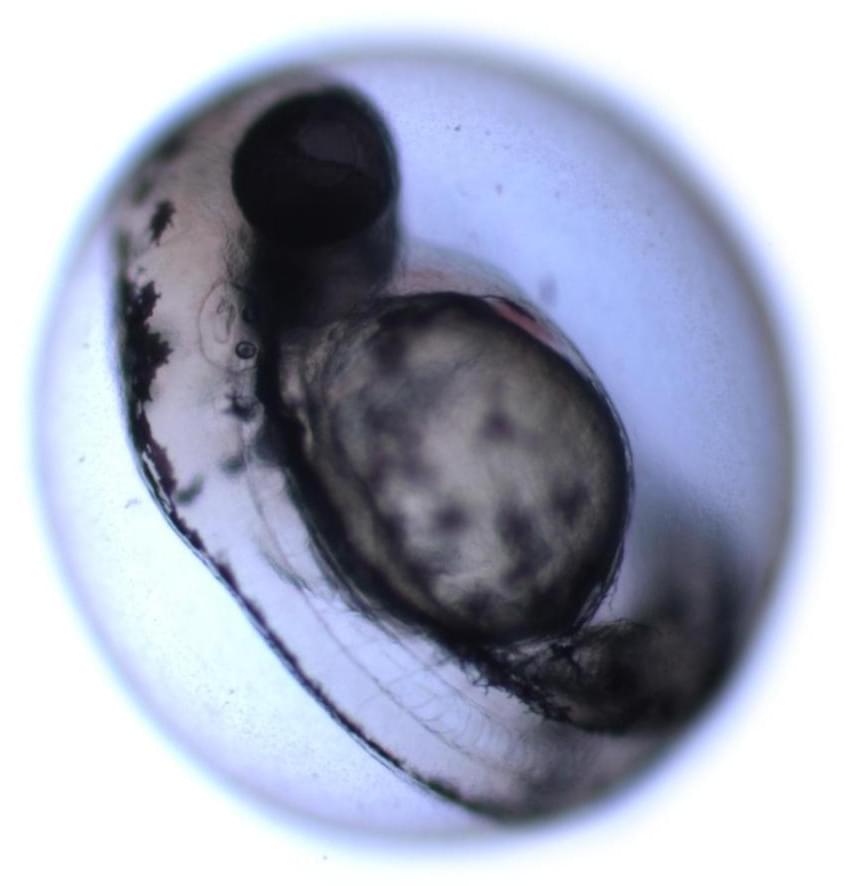
Researchers at the National Institutes of Health have identified a particular protein network that is necessary for cell regeneration to restore hearing in zebrafish. Researchers at the National Human Genome Research Institute (NHGRI) led the research, which may help in the creation of human hearing loss treatments. The findings were recently published in the journal Cell Genomics.
Many animals, like zebrafish, may recover their hearing after injury through the regeneration of hair cells, however, human hair cell loss cannot be restored. The regenerating properties of zebrafish hair cells inspired researchers to use this species to better understand certain fundamental properties of regeneration.
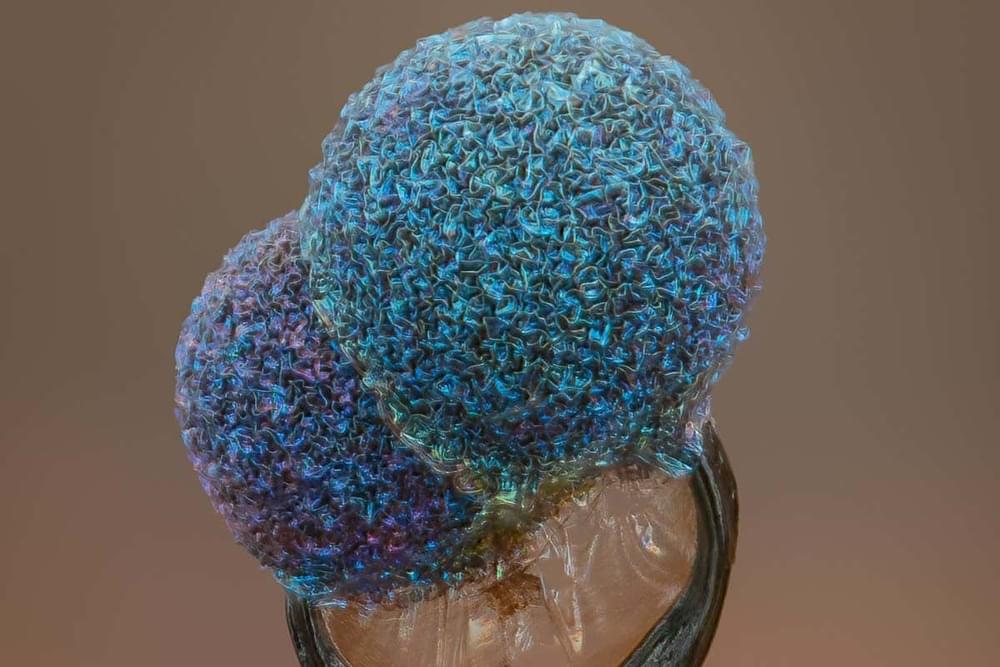
SITTING at the intersection of microscopy and art, these dazzling images are some of the best entries for the Nikon Small World 2022 Photomicrography competition, a global contest that showcases the beauty of science on the microscale.
A fly is clasped by its eyes under the chin of a tiger beetle in the image above, the 10th place entry taken by Murat Öztürk. But this is no tender embrace. Thanks to their strong jaws and ability to run at up to 8 kilometres per hour, tiger beetles make for formidable predators for their prey, which also include ants, spiders and caterpillars.
New research from Carnegie Mellon University’s Robotics Institute can help robots feel layers of cloth rather than relying on computer vision tools to only see it. The work could allow robots to assist people with household tasks like folding laundry.
Humans use their senses of sight and touch to grab a glass or pick up a piece of cloth. It is so routine that little thought goes into it. For robots, however, these tasks are extremely difficult. The amount of data gathered through touch is hard to quantify and the sense has been hard to simulate in robotics—until recently.
“Humans look at something, we reach for it, then we use touch to make sure that we’re in the right position to grab it,” said David Held, an assistant professor in the School of Computer Science and head of the Robots Perceiving and Doing (R-Pad) Lab. “A lot of the tactile sensing humans do is natural to us. We don’t think that much about it, so we don’t realize how valuable it is.”
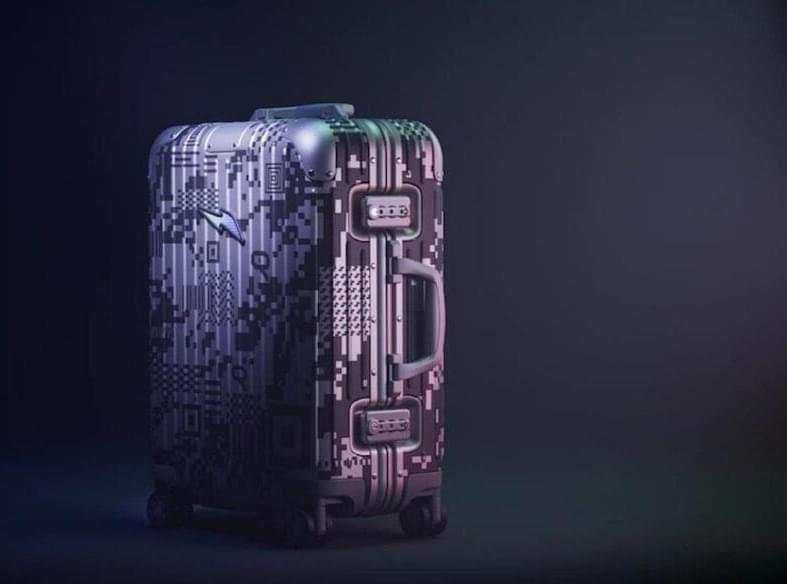
After a short period of relative silence, the metaverse became a hot topic again in no small part thanks to Mark Zuckerberg’s and Meta’s most recent buzz, which, unsurprisingly, split people into camps again. Some say or are hoping that the metaverse is already dead and, along with it, the more controversial NFTs. If that were the case, it seems that nobody told luxury luggage maker RIMOWA about it because it seems that the marque will be diving right into this mess when others seem to be silently stepping out. RIMOWA has partnered with Nike-owned digital fashion brand RTFKT to bring its iconic luggage brand to the metaverse via two NFT drops, but RIMOWA fans can rest assured that they can still get this upcoming limited edition luggage in physical form as well.
Designer: RIMOWA x RTFKT.
The Chinese government has been accused of establishing at least two undeclared “police stations” in the Netherlands.
Dutch media found evidence that the “overseas service stations”, which promise to provide diplomatic services, are being used to try to silence Chinese dissidents in Europe.
A spokeswoman for the Dutch foreign ministry said the existence of the unofficial police outposts was illegal.
The Chinese foreign ministry has rejected the Dutch allegations.
Please subscribe HERE http://bit.ly/1rbfUog.
#China #Netherlands #BBCNews
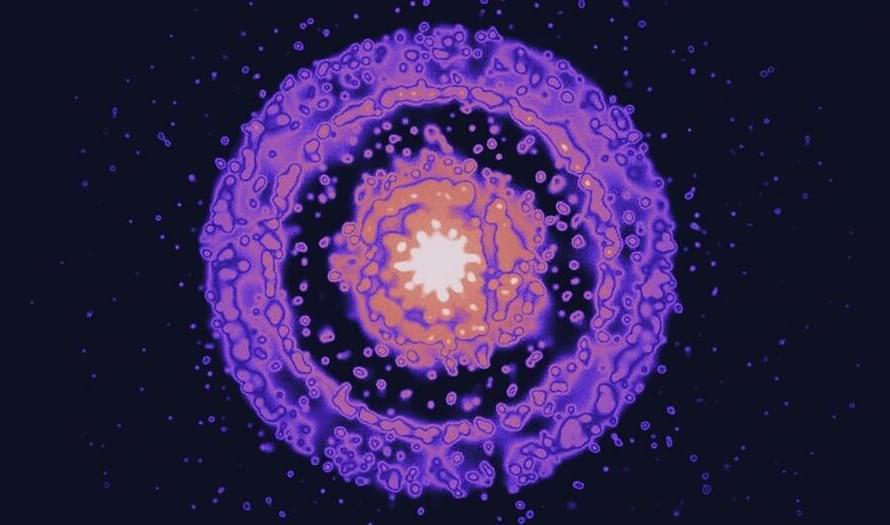
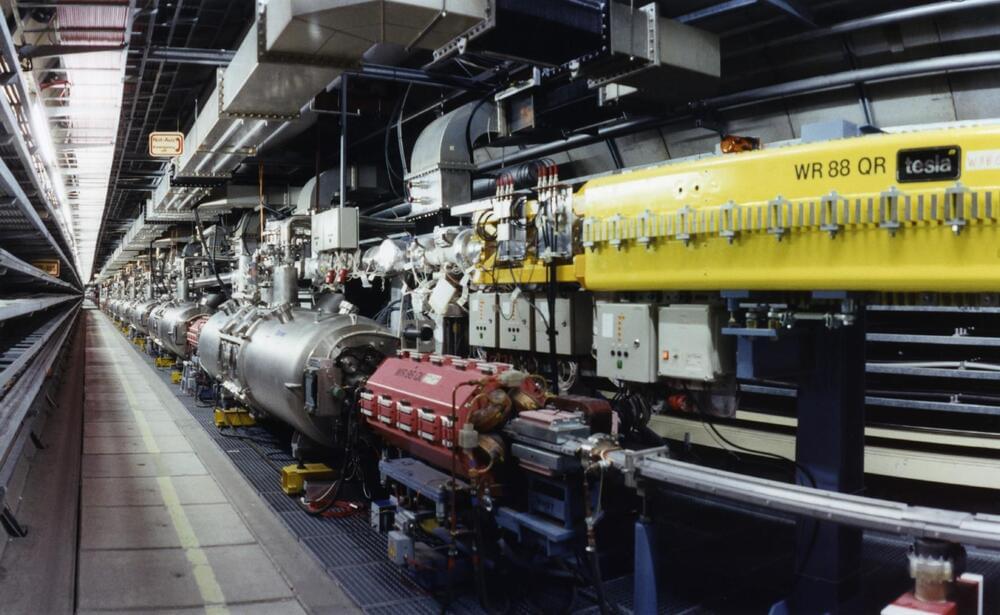
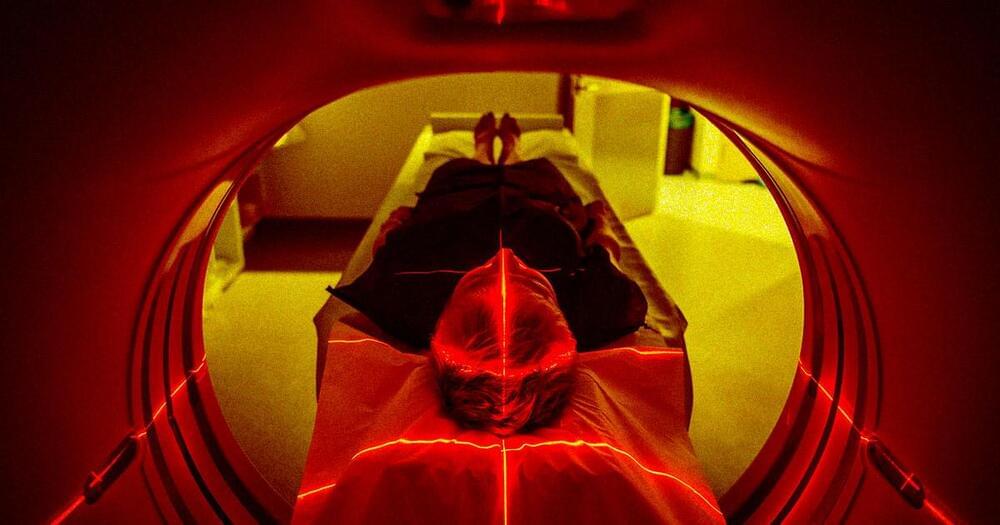

Mr. Musk, who runs Tesla and SpaceX, visited Twitter’s San Francisco headquarters on Wednesday and tweeted a nine-second video of himself smiling and carrying a porcelain sink into the building.
“Entering Twitter HQ — let that sink in!” he wrote.
The world’s richest man arrived at Twitter’s San Francisco offices on Wednesday ahead of a Friday deadline to complete the acquisition of the social media service.